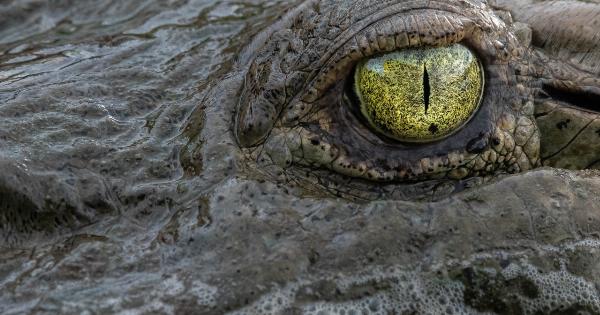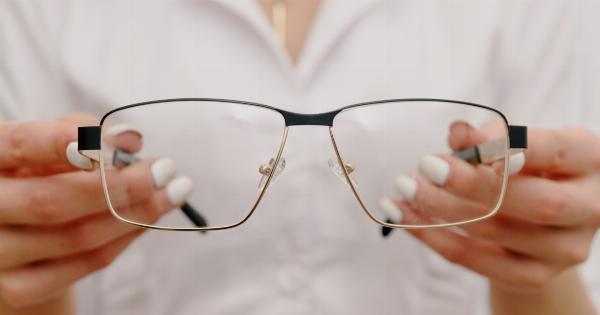The vitreous humor is a gel-like substance that fills the back part of the eye between the retina and the lens. It consists of 99% water and 1% collagen fibers, hyaluronic acid, and other proteins.
The vitreous is essential for maintaining the shape of the eye and for allowing light to enter the retina. It also provides a barrier between the retina and blood vessels, preventing the blood from leaking into the retina and causing damage.
Anatomy of the Vitreous
The vitreous is composed of two main parts: the cortex and the core. The cortex is the outer part of the vitreous, and it contains most of the collagen fibers.
The core is the central part of the vitreous, and it contains fewer collagen fibers than the cortex. The vitreous is attached to the retina at various points, including the optic disc, the macula, and the peripheral retina. These attachments are important for maintaining the shape of the vitreous and for preventing it from separating from the retina.
Vitreous Detachment
As we age, the vitreous can become more liquid and shrink in volume. When this happens, it can pull away from the retina, causing a vitreous detachment.
Vitreous detachment is a common condition that occurs in about two-thirds of people over the age of 65. It is usually not serious and does not require treatment.
Symptoms of vitreous detachment include:.
- Floaters – small specks or clouds moving in your field of vision
- Flashes of light – bright zigzag lines or flashes that appear suddenly, especially in a dark room
- Shadows – a curtain-like shadow that covers part of your vision
- Blurred vision – a cloudy or blurry area in your vision
If you experience any of these symptoms, it is important to see an eye doctor to rule out any other conditions that may require treatment.
Posterior Vitreous Detachment
A posterior vitreous detachment (PVD) is a partial or complete separation of the vitreous from the retina at the back of the eye. Unlike a vitreous detachment, a PVD can be more serious and may require treatment.
A PVD is more common in people over the age of 50 and in people who are nearsighted.
Symptoms of PVD include:.
- Floaters
- Flashes of light
- Shadows
- Loss of vision in one eye
If you experience any of these symptoms, it is important to see an eye doctor as soon as possible. A PVD can increase the risk of developing certain eye conditions, such as a retinal tear or detachment.
Vitreous Hemorrhage
A vitreous hemorrhage is a bleeding inside the eye caused by a ruptured blood vessel. It can be caused by a variety of factors, including diabetes, high blood pressure, and trauma to the eye. The symptoms of a vitreous hemorrhage include:.
- Floaters
- Blurred vision
- Reduced vision
- Redness in the eye
A vitreous hemorrhage can be a serious condition that requires prompt medical attention. Treatment may include medications, laser therapy, or surgery.
Conclusion
The vitreous humor is an essential part of the eye that maintains the shape of the eye and allows light to enter the retina. A vitreous detachment is a common condition that usually does not require treatment.
A posterior vitreous detachment is a more serious condition that may increase the risk of developing other eye conditions. A vitreous hemorrhage is a bleeding inside the eye that may be caused by a variety of factors and requires prompt medical attention.



























